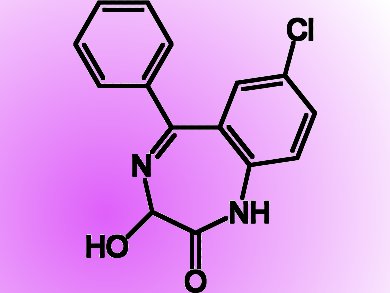Drugs are often stable compounds designed to quickly medicate and then leave the body. Because they cannot be removed by wastewater treatment plants they are often found in downstream waterways. They remain biochemically active in aquatic systems.
Jonatan Klaminder, Jerker Fick, Tomas Brodin, and Micael Jonsson, Umeå University, Sweden, show that the benzodiazepine anxiolytic drug Oxazepam, commonly used to treat anxiety, alters behavior of wild European perch (Perca fluviatilis) at concentrations encountered in effluent-influenced surface waters.
Perch are normally very wary, they tend to stay close to their shoal to avoid being eaten by predatory fish. Individuals exposed to water with dilute Oxazepam concentrations (1.8 mg/L) exhibited increased activity, reduced sociality, and were tougher. Increased boldness also made them feed faster. Instead of hiding, only making short outings to find food, they spent most of their time eating. This change in behavior increased their energy intake and the food resource (zooplankton) was depleted much faster. This changed feeding behavior likely has extensive effects on the whole ecosystem.
Perch react to Oxazepam because their brain and the human brain have the same kind of target receptor for the drug.
It takes at least 10–15 years to develop a new drug and there is no guarantee that a new one means less impact on the ecosystem. The challenge is for wastewater treatment plants to find better methods to clean the water from pharmaceutical residue and other chemicals.
- Dilute Concentrations of a Psychiatric Drug Alter Behavior of Fish from Natural Populations,
T. Brodin, J. Fick, M. Jonsson, J. Klaminder,
Science 2013, 339 (6121), 814–815.
DOI: 10.1126/science.1226850



